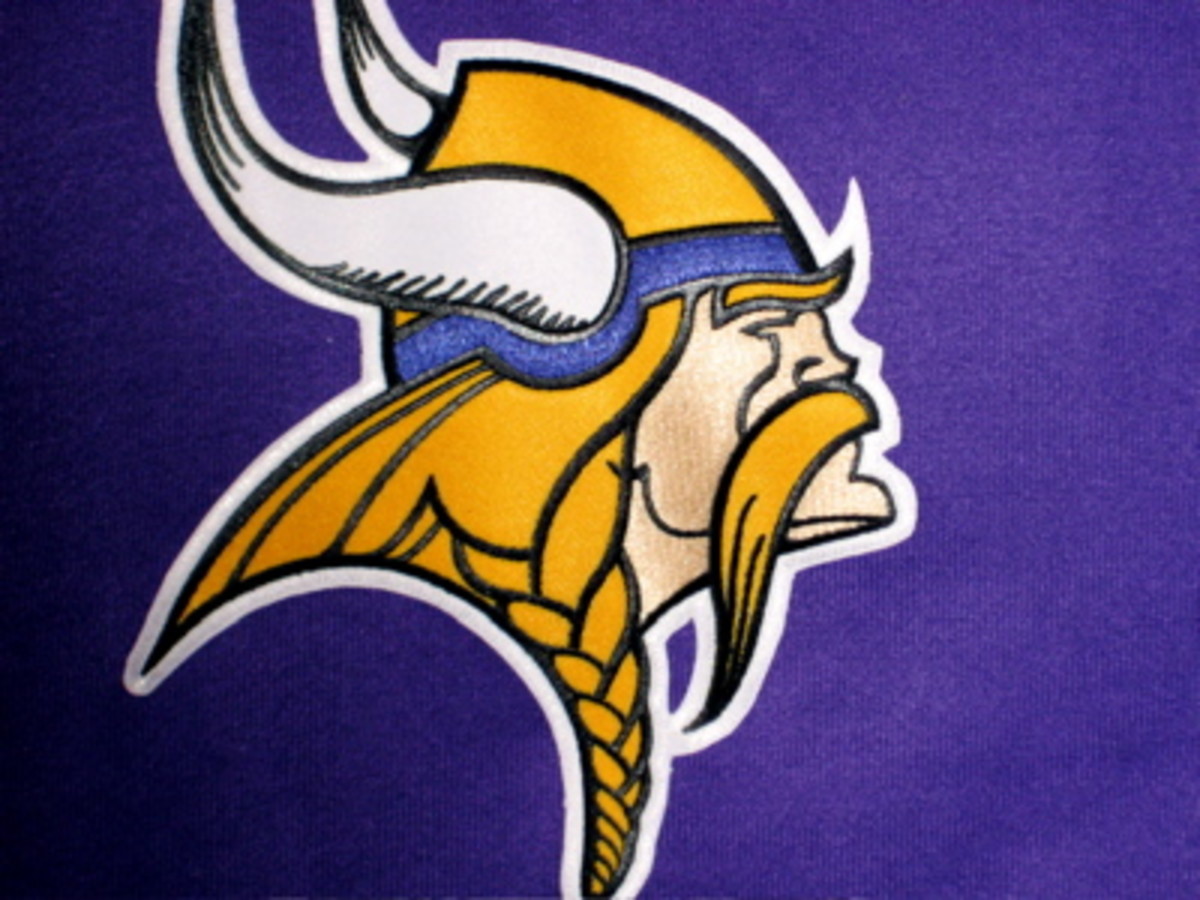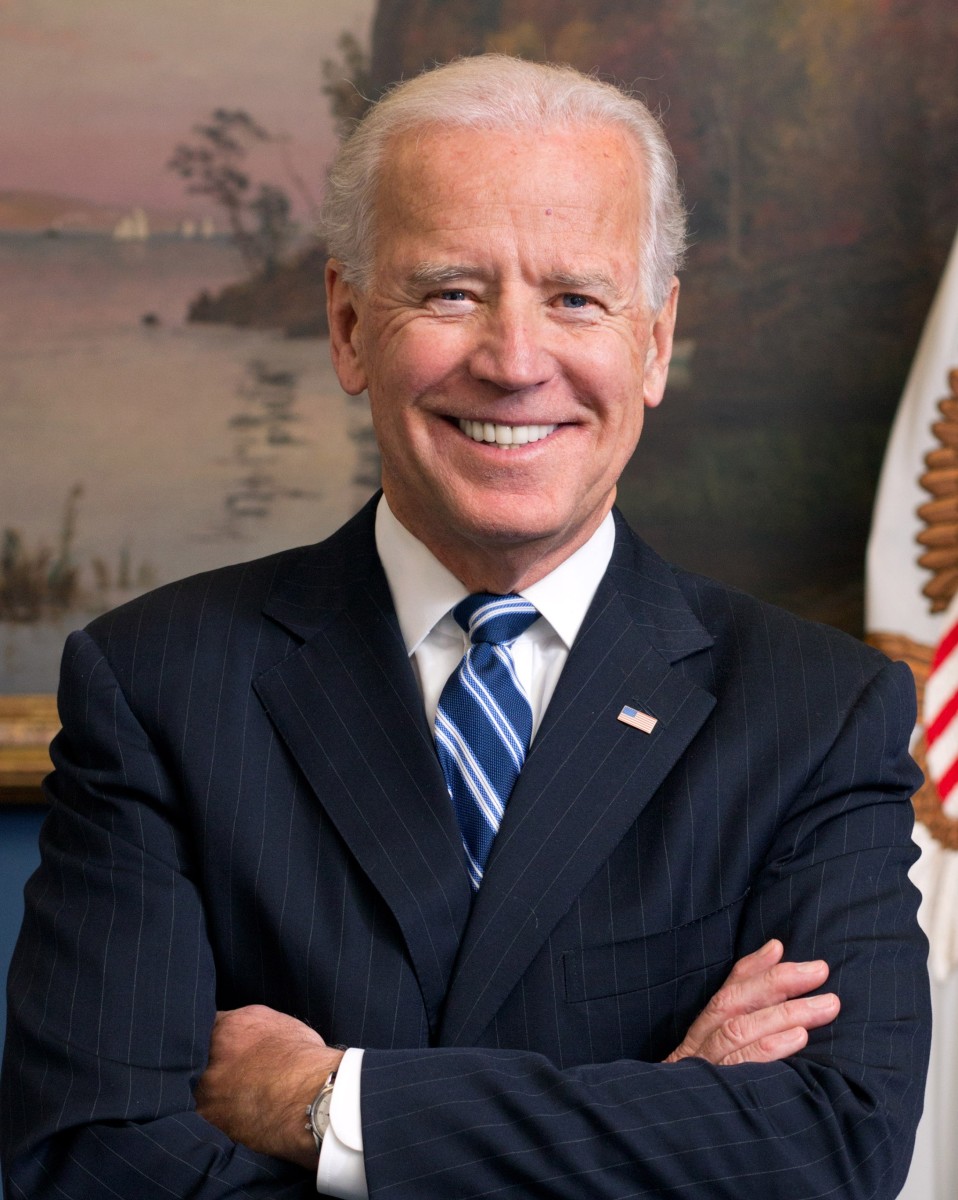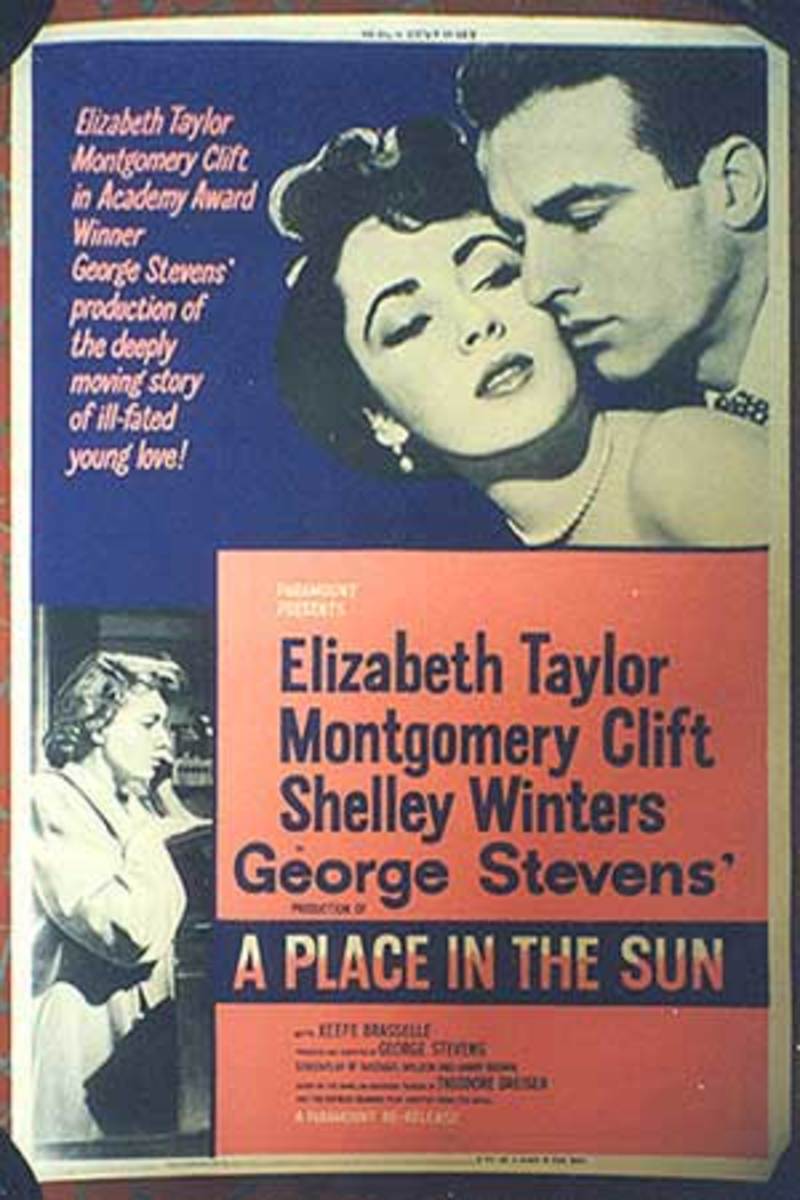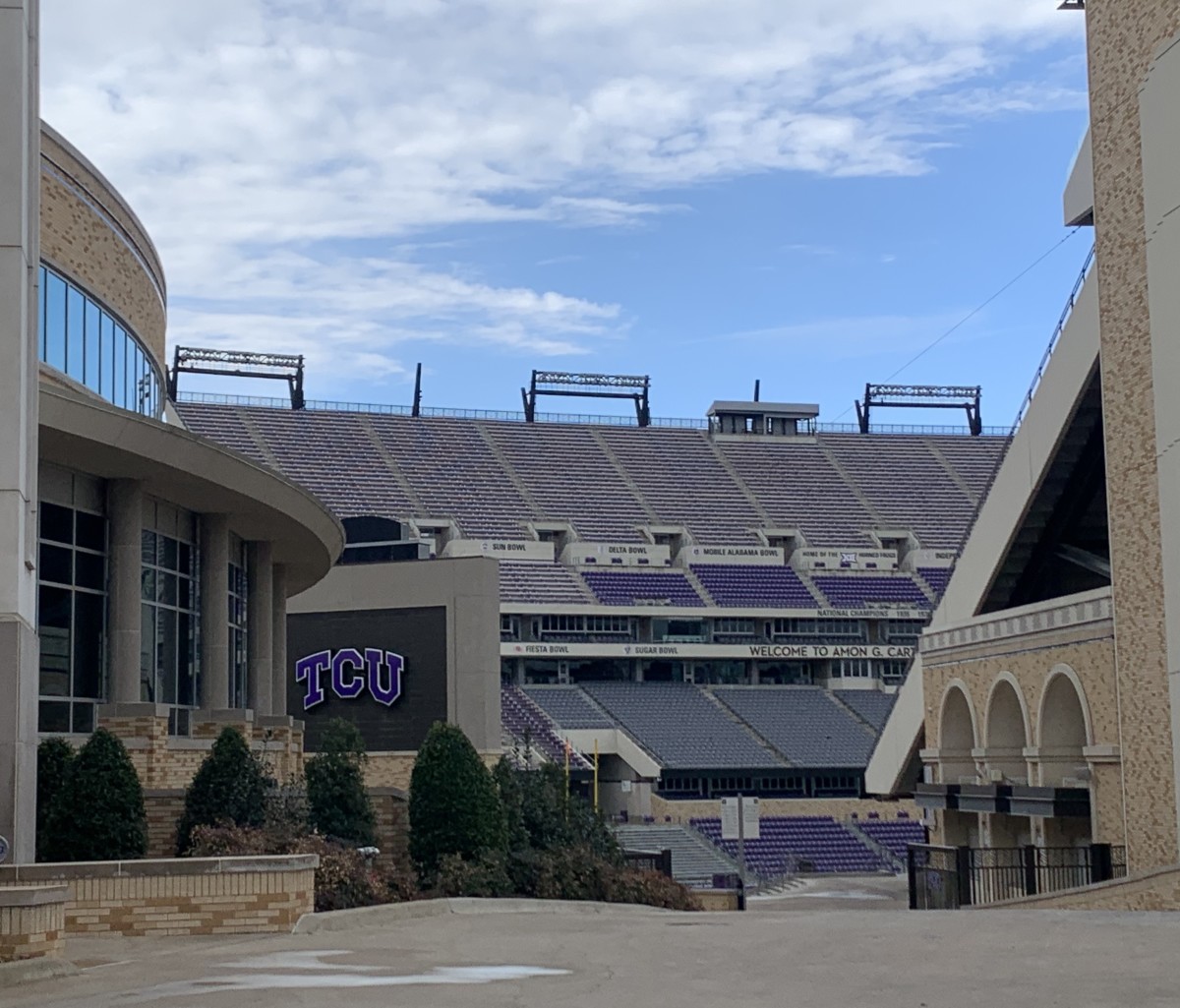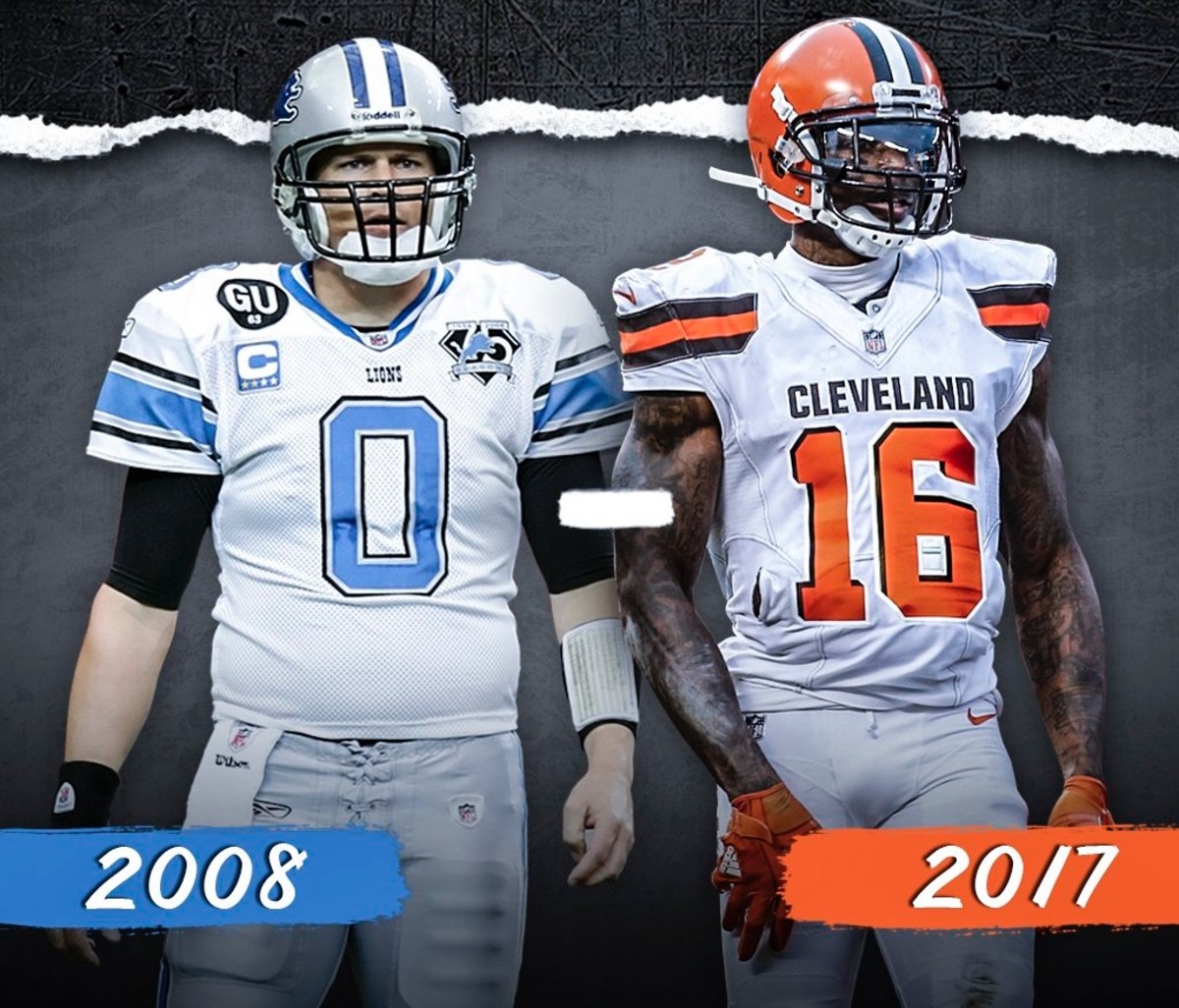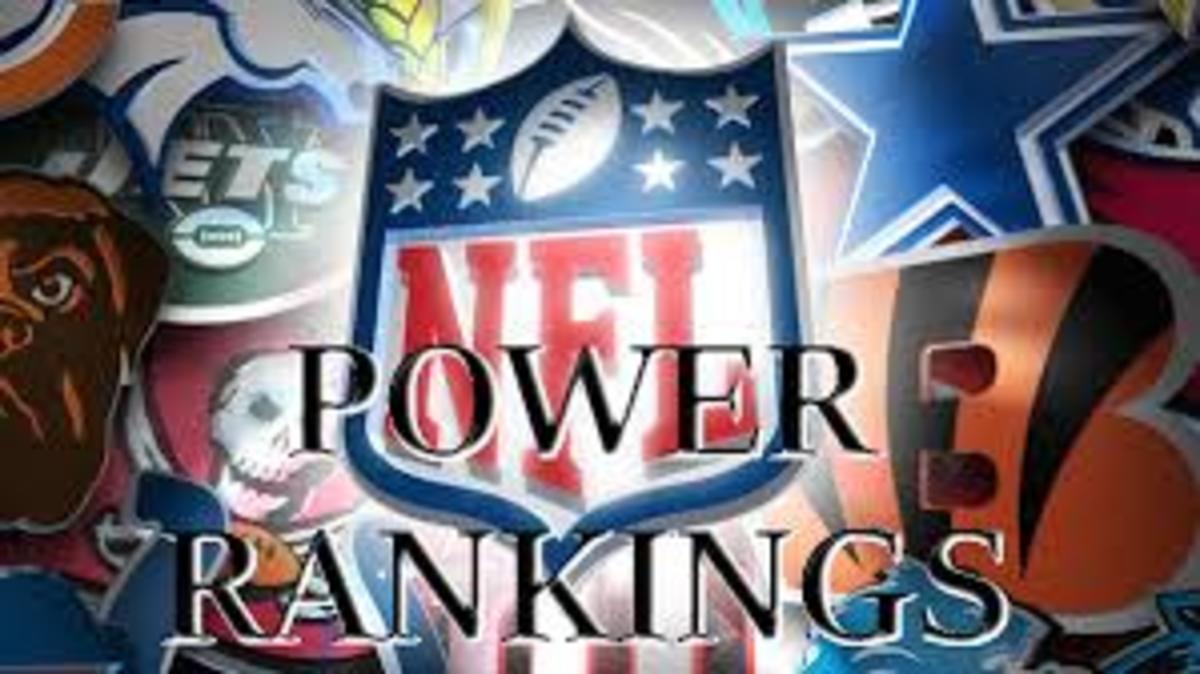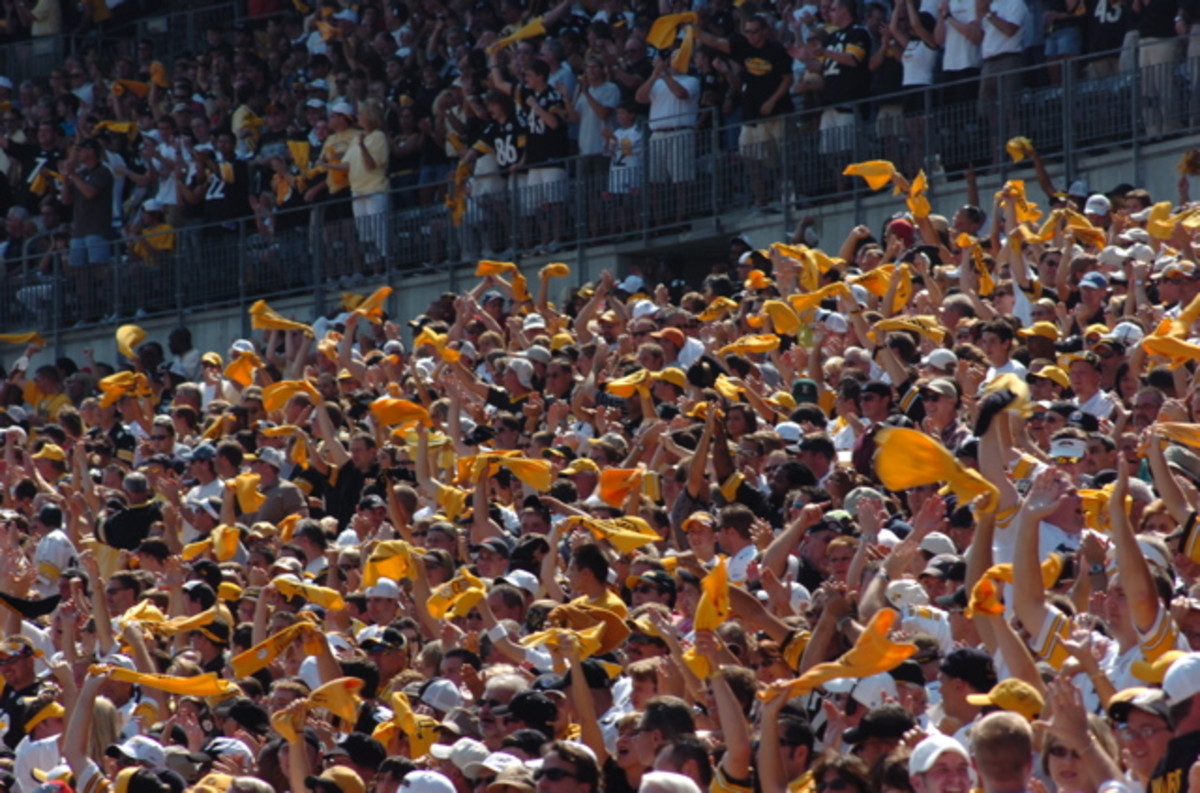- HubPages»
- Sports and Recreation»
- Team Sports»
- American Football»
- NFL Football
Dallas Cowboys: "America's Team" or an American Tragedy, Part I
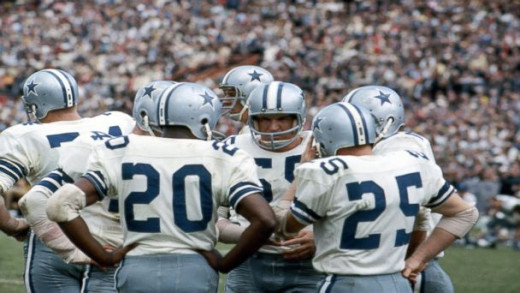
This is the beginning of a 3 part written segment about the Dallas Cowboys. In it we will focus on the history of the Cowboys since their formation in 1959. We will conclude on the pondering of the question of whether the Cowboys have stood the test of time as “America’s team” or have become an American Tragedy.
Texas is one of the largest areas where football is by far the most popular sport. Texas produces more football players than all other states. Players like Nick Foles, Drew Brees, and Patrick Mahomes all grew up in Texas. Each of them have a Super Bowl to their name. However, high school football is just as big as professional football in Texas. It seems that in football Texas is the one place where every player wants to play but only a select few have the opportunity to. It is however true that the Cowboys have had a hold on not just Texas but on the United States of America. After all they are commonly referred to as “America’s Team.” It would seem though that in recent years the Cowboys have become more of a tragedy than a team that represents America and its football culture.
Origins
The Dallas Cowboys were not the first professional football team in Dallas. Dallas had a franchise in 1952 called the Texans, who weirdly enough are now in Kansas City renamed the Chiefs. Eventually, the Texans were reborn and shared the city of Dallas with the Cowboys, after they lasted only two seasons before moving in 1962. That is as weird as it gets. The Cowboys were not a thought in anyone’s mind until the end of the decade. In 1958, The NFL, although not new was looking to expand itself into other areas and bring attention away from the Midwest and Northeastern teams. In the past, they had a team in Los Angeles. To make matters worse, the AFL, the American Football League was presenting a challenge to the supremacy that the NFL had held. The AFL had better teams and more exciting teams in odd locations across America. With Dallas being one of the more popular cities in the United States at the time, it was a perfect location for a team. Dallas was not yet the metropolis that it would become after the oil industry flooded it, yet it presented something larger than life. In 1958, Clint Murchinson Jr. founded the Dallas Cowboys with two other key investors. Murchinson previously was an investor who held a grudge against the Washington Redskins. Murchinson after a scuffle decided that he should buy the writes to the fight song “Hail to the Redskins.” Murchinson held a grudge with the Redskins management and decided to form his own team to compete against them. Ever since, the Cowboys-Redskins game on Thanksgiving Day has become a rivalry.
The Cowboys were awarded their location following the NFL draft in 1960. They were to be the first expansion team in the modern NFL area. As with all expansion franchises, the Cowboys struggled early on. Their leader on the sideline was veteran coach of the New York Giants Tom Landry. Landry would become the Cowboys longest tenured coach as he served the Cowboys loyally until 1988.
The 1960s: Early difficulties and building a dynasty
Landry though with championship experience understood that winning a championship was going to take time and putting a good team together might take longer than expected. In their opening year the Cowboys lost 11 of their 12 games and one tie. On the bright side, the Cowboys were playing their games at one of football’s greatest stadiums. The Cotton Bowl. Historically, it had played home to the University of Texas when they played Oklahoma or when they were in The Cotton Bowl. They shared the Cotton Bowl with the Texans but never played against each other as the Texans were members of the AFL. The early 1960s were rough as the Cowboys could not win more than 5 games. Landry was losing hope and it became apparent that something needed to change. Even the Washington rivals were dominating the Cowboys. In 1965, the Cowboys won a then franchise record 7 games but did not earn a playoff spot. It seemed though that after this the Cowboys would never return to their losing ways as from 1966 until 1985 the Cowboys had winning seasons. This is the longest streak in NFL history.
1966 was the beginning of the turn around. The Cowboys reached the NFL Championship game. Winning 10 games, losing 3, and again tying once, the Cowboys sent 8 players to the Pro-Bowl that season including three eventual Hall of Famers Bill Lilly, Bob Hayes, and Mel Renfro. The team they would play in 1966 was one of the greatest in NFL History. The Green Bay Packers, led by Quarterback Bart Starr and Coach Vince Lombardi were in the process of forming an NFL dynasty. They had already won championships in 1961, 1962, and 1965. Looking to repeat the Packers, played the Cowboys in Dallas at the Cotton Bowl. The result was one of the better championships with a scoring battle between the NFL’s two best offenses. The Packers finished with the victory and repeated as champions winning 34-27. The Cowboys were heading in the right direction though as an NFL Championship appearance would put them in contention for better draft picks and success within the NFL. A goal now was needed and the Championship was it. In 1968, the NFL would form with the AFL to form the first NFL and AFL Championship game now called “The Super Bowl.” The Packers won the first two and the Cowboys were the team that came close but not close enough.
In 1969, the Cowboys needed new leadership under center to reach the ultimate prize. That gift would come in the form of Roger Staubach. Staubach is one of the best quarterbacks in NFL history and with his tenure with the Cowboys would win 105 games more than any other quarterback during the 1970s. With Staubach the Cowboys also had weapons in Mike Ditka and veteran Bob Hayes. Their was a need for change but again the Cowboys were headed in the right direction.
1970s: Cowboys reach the mountain top
The 1960s ended up going well with the Cowboys reaching the playoffs but with a new era there was going to be one of the more dominant performances on a football field that the NFL would ever see. The 1970s began with Cowboys going 10-4. A playoff appearance helped the Cowboys reach the first ever NFC Championship game. The Cowboys won and were headed to their second championship in 5 years. The Cowboys faced off against the Baltimore Colts and veteran Quarterback Johnny Unitas. Super Bowl V was a disaster for both teams as the game was called “The Blooper Bowl.” The two teams combined for 11 turnovers with five in the 4th quarter alone. The Cowboys would again lose in Super Bowl five as they lost by a field goal, 16-13. Weirdly enough the Cowboys were the losers but had the games’ Most Valubale Player. Linebacker Chuck Howley had two interceptions in the game and was the first non-offensive player to win the award. The Cowboys now 0-2 in championship appearances again needed something to get over the hump. Dallas kept in mind their previous defeats when entering 1971. Dallas won 11 games and lost 3, two of those losses were to sub-par teams (New Orleans Saints and Chicago Bears). However, it was a revenge tour for the Cowboys who were finally set to get Tom Landry a ring. Once again playing a team with a legendary roster, Super Bowl VI placed the Cowboys against the Miami Dolphins. Coach Don Shula, an NFL Legend in his own right faced off against the Cowboys in his first Super Bowl. The Dolphins were a new franchise who had a struggle to get to the top like the Cowboys. In 1971 they were exploring what the Cowboys were not in their first five years in existence. They reached the mountain top and earned a right to brag over the championship-less Cowboys. The Dolphins had a running attack that featured Larry Csonka, one of the games’ greatest. Roger Staubach played his first full season without error. As time ran out on the clock in Super Bowl VI, the Cowboys were finally victorious, winning 24-3. Tom Landry had proved his worth amongst the greatest.
The next two seasons the Dolphins repeated as Super Bowl champions and the Cowboys took a much darker turn. Between 1972 and 1975 the Cowboys could not escape the stigma that they were going to come up short. Reaching the NFC Championship twice they were unable to reach the Super Bowl. The Cowboys though had a new weapon that Roger Staubach could throw too. Drew Pearson arrived in 1973 and became the Cowboys greatest receiver of the era. Pearson even made the all-1970s NFL First-team. Pearson’s only competition was from a team that the Cowboys would come to despise. The Pittsburgh Steelers although not NFL Champions just yet had wide receiver Lynn Swann who had more yards than Pearson and presented the greatest receiver battle of the 1970s.
Reaching the Super Bowl in 1975, the Cowboys and Steelers faced off and provided the beginning of a Super Bowl rivalry. The teams would face off two more times in the Super Bowl with the Steelers winning two of the three matchups. The Steelers were an upstart team with Terry Bradshaw at Quarterback, Franco Harris at running back and the “Steel Curtain” defense which came to define the Steelers as the greatest NFL dynasty until the New England Patriots of the 2000s. The Steelers won 4 Super Bowls in the 1970s. One of which was in 1975, Super Bowl X. The Cowboys put on a good show but the Steelers prevailed. In 1977, the Cowboys returned playing the Denver Broncos in Super Bowl XII, winning it for their second title in franchise history. In 1978, Staubach’s final Super Bowl appearance in Super Bowl XIII came down to the wire. Staubach kept the game close and Pearson had 4 catches for 73 yards.Driving his team down the field in the final minute the Cowboys scored a touchdown placing the game within reach. Yet, a Special Teams blunder lost the Cowboys the game 35-31. Staubach retired in 1979 and the Cowboys began to endure a drought that would last an entire decade.
In 1978 the Cowboys would receive the praise that they deserved in some sense. Despite losing three Super Bowls and winning two the Cowboys were force to be reckoned with and during a highlight show the following was said by Philadelphia Broadcaster John Facenda.
“They appear on television so often that their faces are as familiar to the public as presidents and movie stars. They are the Dallas Cowboys, "America's Team.”
The Cowboys from thenceforth would be referred to in this manor as the Cowboys are an American cultural icon in sports. With this praise came expectations for the Cowboys to again win it all. They had fans all over the country and with having fans in other states the Cowboys needed to prove that they were worth the praise.
Conclusion: Part I
The Cowboys were a moderately successful team in the 1960s and 1970s. However the theme of each decade was falling short. The Cowboys won two Super Bowls in the 1970s but the focus was on the Super Bowls that the Cowboys lost. Winning in 1971 and 1977 proved that the Cowboys were among the NFL elite, but they lost to two NFL dynasties in the Dolphins and Steelers. The Cowboys were a stepping stone for NFL greatness. It seemed that the NFL would break up with the Cowboys after Staubach retired. The 1980s would present a decade long drought where they would not win a single Super Bowl or even get close. However, Dallas had earned its moniker as “America’s Team” and would remain so to the present.

